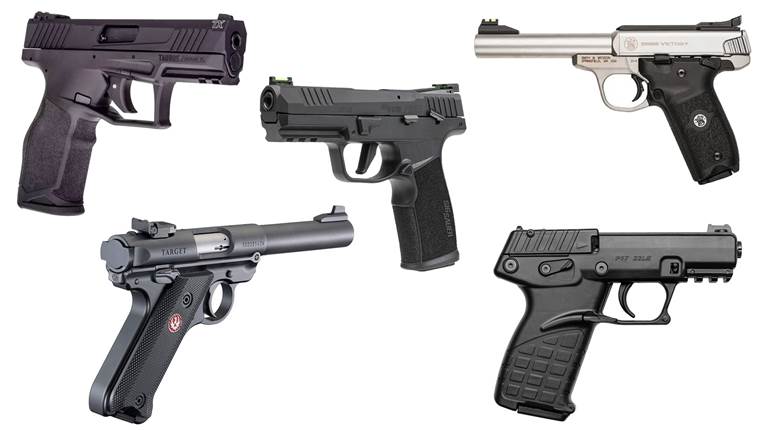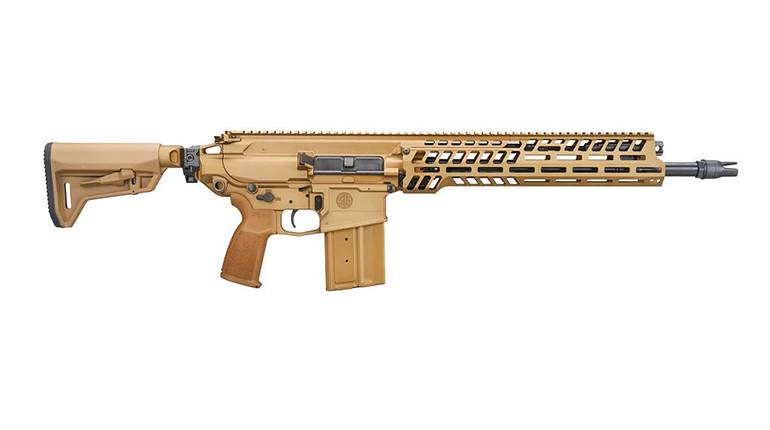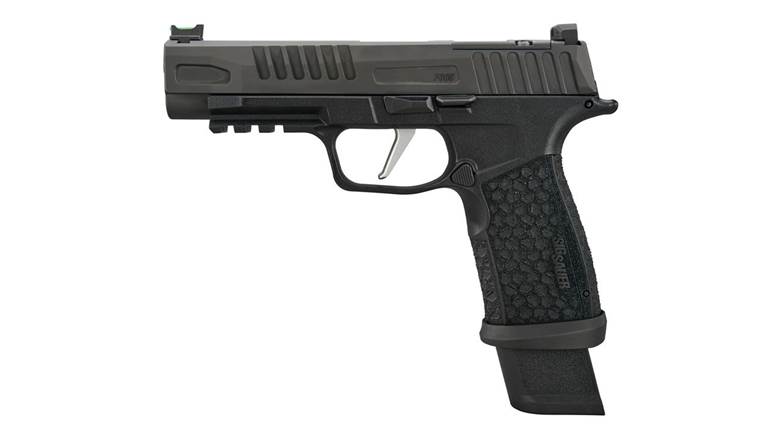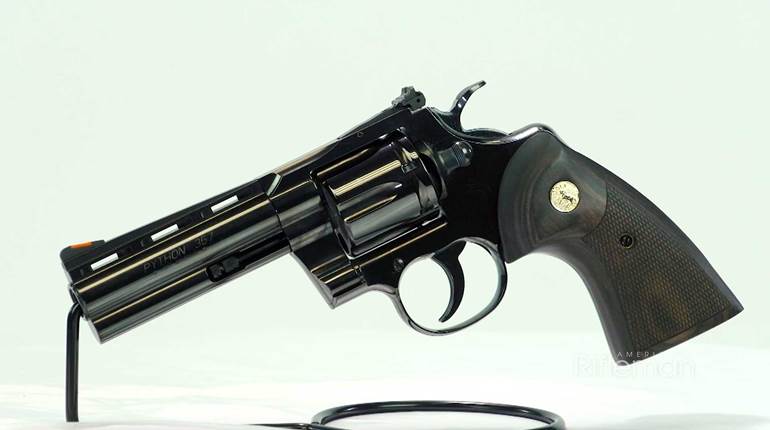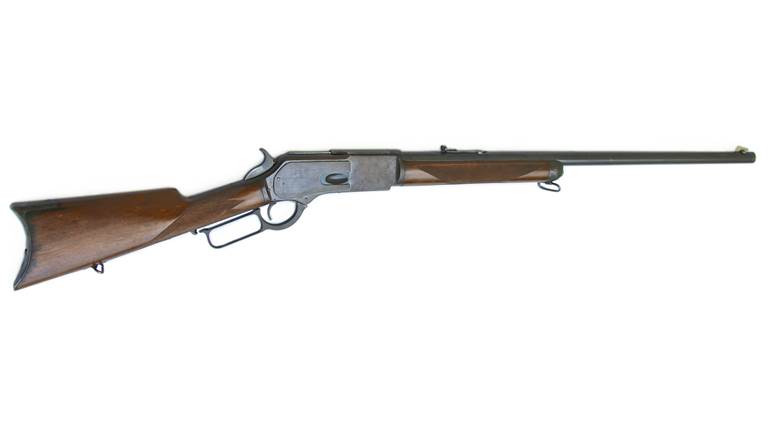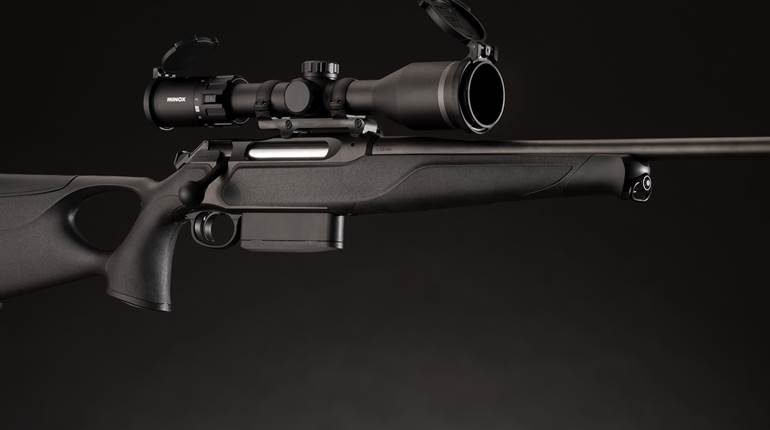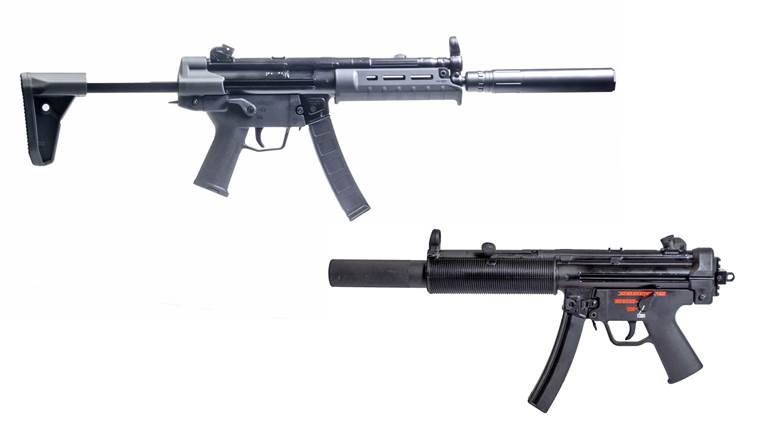
Firearm sales are soaring—last month alone saw an 80 percent increase—and manufacturers have ramped up production to meet the demand. The groundswell is good for industry, but puts added emphasis on a unique challenge it faces.
The laws, regulations and policies to ensure your rights, privacy and safety are protected when you buy a gun make it nearly impossible for firearm firms to get an accurate snapshot of top-selling models. BATFE’s monthly report on NICS checks lists total number of handguns, long guns, multiple and “other.”
There are no makes and models by name, genre or even caliber. Even when the BATFE annual report on manufacturing is published (at least 12 months after a sales year has closed) it only lists each company’s production as total pistol, revolver, rifle and shotgun volume.
How do you monitor buying trends in real time or gauge competitor performance? GunBroker.com’s monthly and annual reports are the closest enthusiasts have access to, although its figures only encompass volume sold by companies using its services. That wasn’t always the case, according to SIG Sauer Chief Marketing Officer and Executive Vice President of Commercial Sales Tom Taylor.
“At one time, a fairly good tool existed to at least help us understand local retail (did not include box stores), and it was AcuSport CLX data,” he explained in an e-mail. “It was a measurement tool at the local retail level across over 300 stores, which is enough to be statistically valid. We used that data quite extensively, but it went away when they went out of business. Some have tried to revive the technology, but to no avail so far.”
Solid information is critical for management, as it determines where to shift manpower, redirect resources and procure raw material. Unfortunately, there is no one source that gives firearms manufacturers a complete landscape, Taylor wrote.
“There are many vehicles that can be combined and/or extrapolated to give us some ideas, but there is no one consistent reporting for the industry or especially by brand. NICS is a good directional indicator for the overall industry performance, but even that is fraught with numerous issues, including used guns being part of the mix.”
Even with the number of companies and retailers using GunBroker, its monthly and annual figures don’t necessarily reflect nationwide buying preference. The SIG Sauer P320 was the website’s top-listed semi-auto handgun in sales in May, and Taylor used it as an example.
“We do have very good internal data for our own products and it has been interesting to watch the P365 (reviewed here) become our best-selling product. The P320 stays on its heels, but the P365 is our best seller. What market data we can accumulate tells us the P365 is the best-selling product line in the U.S. today.”
Firearm manufacturers have risen to the challenge of monitoring trends and pre-emptively responding to demand through a patchwork of sources, but cobbling things together isn’t the way most big business operates.
“It is unfortunate that an industry of our size does not have any consistent data-management tools,” Taylor wrote. “I’ve been in this industry for 16 years and even looking back at my career at the Coca-Cola Company prior to that, our measurement tools were infinite. We knew so much about our own product mix, our competitors, our customers, consumers and more. Many CPG [consumer packaged goods] companies have this level of data, but it has eluded our industry.”













